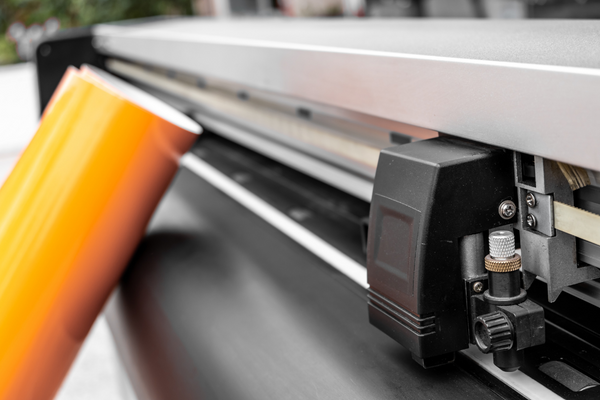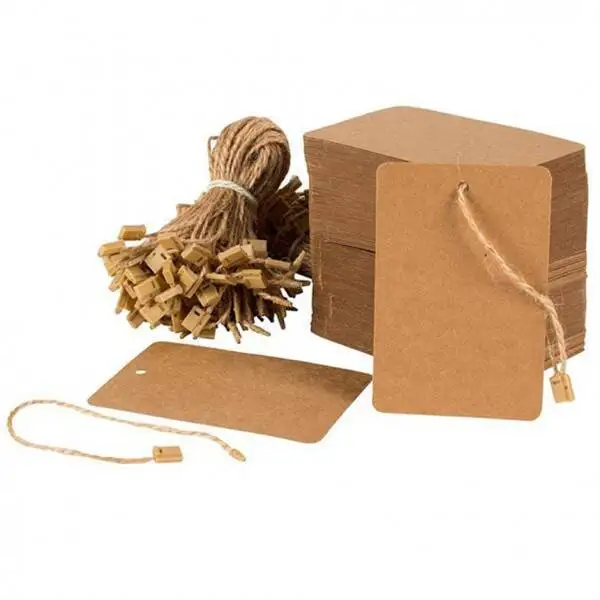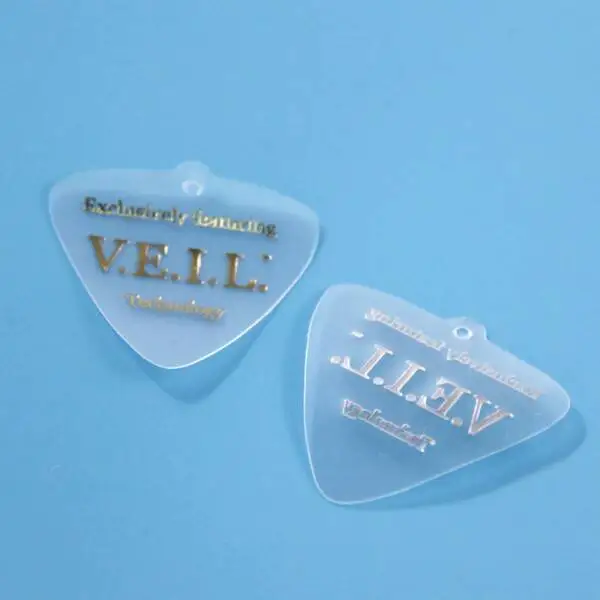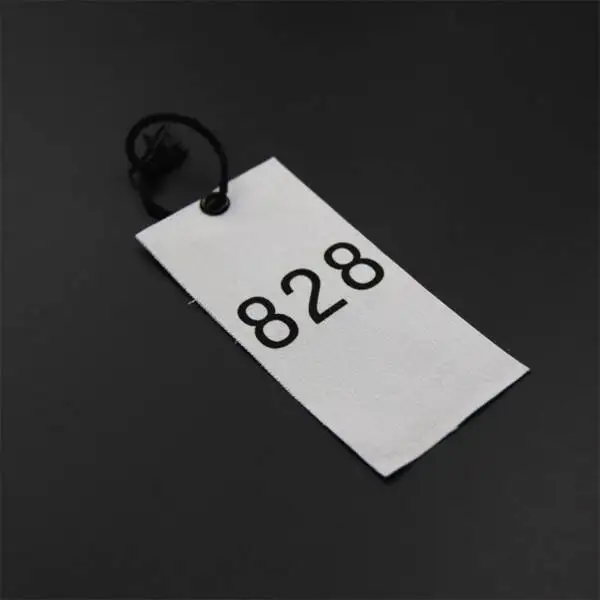How to Properly Label an Electrical Panel
How to Properly Label an Electrical Panel
When installing electrical panels in your home, you may be wondering how to label them correctly. Proper labeling is important to ensure that the panel contains the correct circuit breaker sizes and wiring. It is also helpful to have a clear understanding of how many circuits each fixture is connected to. When you are installing electrical items in your home, you should find which circuit goes to which fixture.

The first thing to consider is the size and shape of your electrical panel. If you're trying to label a panel properly, you should consider the area and contours of the panel. This will determine the type of label you need. The smaller the number, the larger the letter. It's important to avoid making the panel look too large. A smaller number indicates a lower ampacity, so make sure to use a small number.
Next, consider the layout of the panel. The panel may be rectangular or octagonal, so make sure that you consider this when selecting a label. You can customize the size, adhesive type, and graphic design. You can also choose the quantity you need. You'll want to ensure that the number of labels matches the number of outlets on the panel. When choosing a label, be sure to take the time to consider how the electrical panel will be used carefully.
The most important consideration is the shape of the panel. If it has contours and an irregular shape, you'll want to make sure you're choosing a label that fits the shape of the panel. You'll want to keep the form factor in mind when making the label so that it doesn't get messed up. You'll also want to consider the type of electrical panel itself. For example, if an electrician wired the panel, the index is probably accurate. Otherwise, you'll end up having to make a lot of changes.
If you've already mapped out the panel's layout, you'll be better able to select the right labels for the different circuits. A proper label can help you identify overloaded circuits and avoid breakers. The same applies to overloaded outlets. For example, if you have a coffee maker and a hairdryer, the two devices may be running simultaneously. Overloaded circuits can lead to several problems.
When labeling an electrical panel, be sure to consider the overall form factor. A large panel may have a unique shape so that the label will match the contours. The shape of the panel will also impact the type of labels you use on it. It would help if you considered the size and thickness when deciding on the right type. A small electrical panel is ideal for a single person, but it is possible to have several different ones.
Labeling an electrical panel is essential to ensure safety. Whether you have a simple electric panel or a complex panel with multiple circuits, you need to identify which circuits should be controlled by each circuit. When there's a fire or other emergency, you must be able to access the control panels quickly. By clearly indicating the circuit controls, you can make it safer for others to use your electrical panel.
NFPA 70 describes how to label an electrical panel. The National Electric Code also outlines additional guidelines for electrical panel labeling. The label should be easy to read and durable depending on the design. If the panel is part of a commercial building, the type of labels you choose for it should be based on the specific requirements of the building. The NFPA 70 is a great resource to review before deciding how to label an electric power panel.
Besides being convenient, knowing how to label an electrical panel is important in an emergency. You'll need to know how to locate the different circuits in an electrical panel in case of a fire. Moreover, you'll need to be able to access the panel if there's an emergency quickly. Proper labeling will save you from future problems. If you're unsure how to label an electric power panel, use a handy guide.
Related Articles
Product Groups
- Metallic Label
- Supermarket Labels
- Food Label
- Tyre Label
- Resealable Label
- Holographic Labels
- Electrical Label
- Adhesive Vinyl Roll
- Inkjet Vinyl Sticker Paper
- Paper Box
- Temperature Resistant Labels
- Clothing Label
- Office Labels
- Bubble Mailer
- Bottle Label
- Chemical Label
- Anti Counterfeit Label
- Temperature Indicator Sticker









